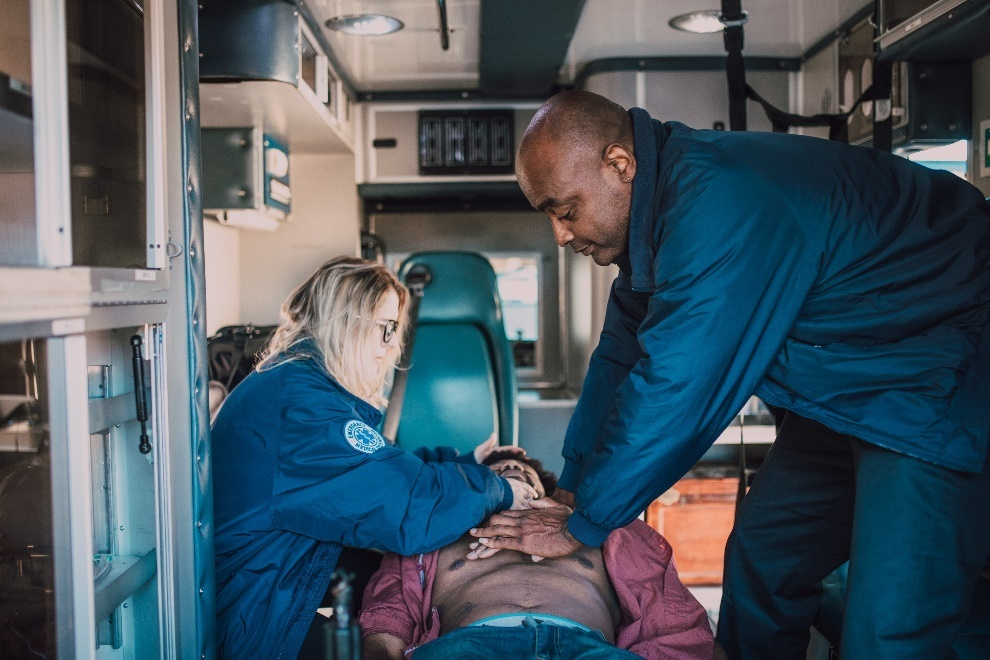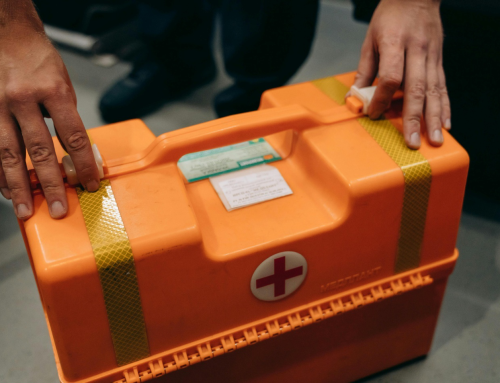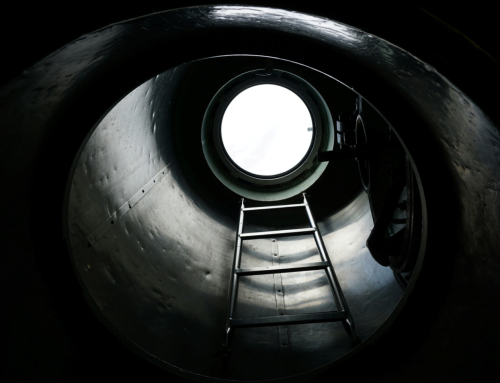Cardiopulmonary resuscitation (CPR) is a procedure performed on a person with no pulse due to cardiac arrest, drowning, or other circumstances. The procedure aims to keep oxygen-rich blood flowing until the heart can resume pumping, accomplished by combining chest compressions and mouth-to-mouth breathing techniques.
However, CPR on an adult and a child can be slightly different. Here’s a closer look:
CPR on Adults—Step-by-Step:
Here’s how to determine if someone requires CPR, and the steps you should take:
- Step 1:Call 911 immediately and determine whether or not the person is responsive.
- Step 2:Carefully place the person on their back and elevate their chin to open the airway. Check to see whether they have any food or vomit in their mouth, as this could cause problems during CPR.
- Step 3:Place your ear next to the person’s mouth and listen to their breathing for at least 10 seconds. If you hear a few breaths, that means they need CPR.
- Step 4:Place your hands on each other and clasp them on the person’s chest. Push at least two inches deep, just beneath the nipples. Conduct 30 chest compressions at 100 per minute, allowing the chest to rise between each.
- Step 5:Tilt the person’s head back slightly, clamp their nose tight, and position your mouth fully over theirs, taking two rescue breaths if the chest does not rise with the first.
- Step 6:Repeat steps 4 and 5 as needed until the person does not respond and the paramedics arrive.
CPR on Children and Infants – Step-by-Step
Here’s how to determine if they require CPR and what steps you should take:
- Step 1. Call 911 immediately and gently determine whether or not the child is responsive.
- Step 2. Carefully place the child/infant on their back and carefully elevate their chin to open the airway. Check whether they have food in their mouth, as this could cause problems during CPR.
- Step 3. Place your ear next to the child’s/infant’s mouth and listen to their breathing for at least 10 seconds. If you hear a few breaths, that means they need CPR.
- Step 4: Tilt the child’s head slightly, softly squeeze their nose, and place your mouth over theirs. Take two rescue breaths if a child’s chest does not rise with the first. To make an infant’s chest rise, place your mouth over their nose and blow for 1 second. Then, take two rescue breaths.
- Step 5:Perform 30 chest compressions 2 inches deep for a moderate-pressure youngster. Use two fingers to execute 30 rapid compressions only 1.5 inches deep on a newborn.
- Step 6: Repetition of steps 4 and 5 until the child/infant responds.
You may have to perform CPR at some point in your life. Save a life by learning CPR with Metro Safety’s emergency first aid with CPR/AED course. We provide a variety of first aid training courses.
Get in touch with us if you want to learn more about health safety programs.








